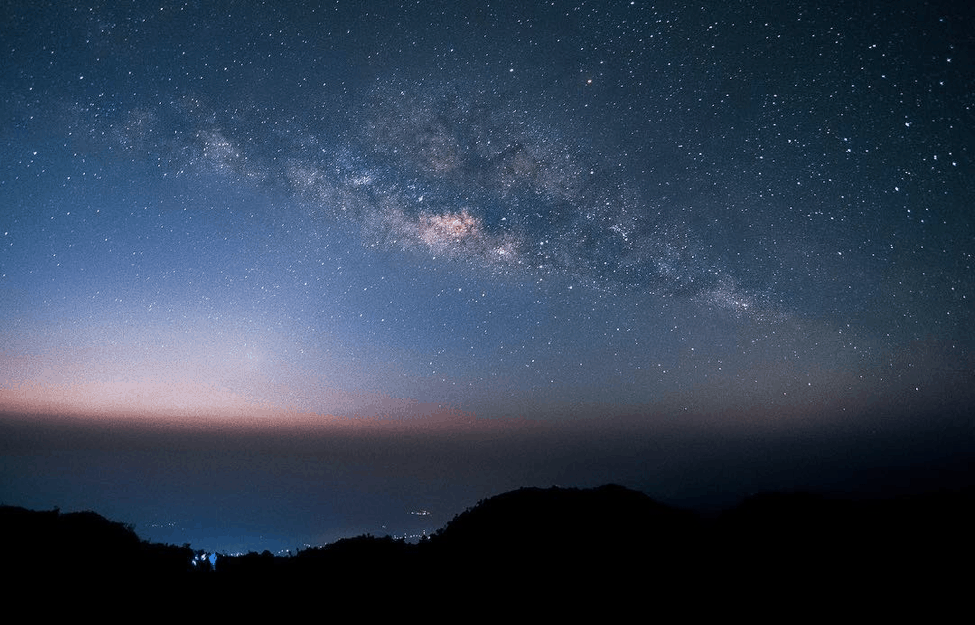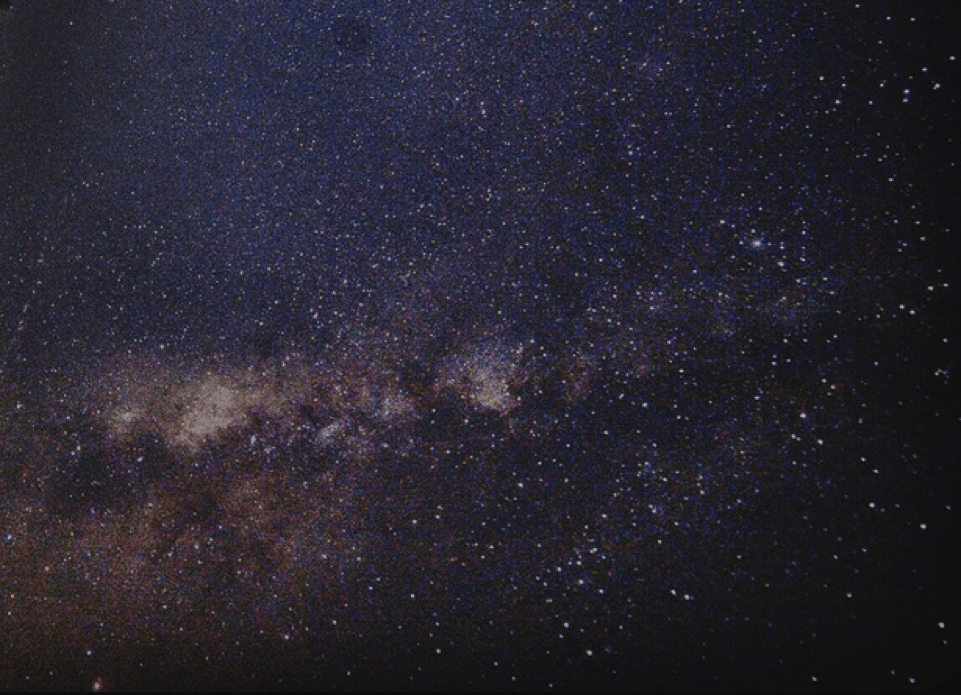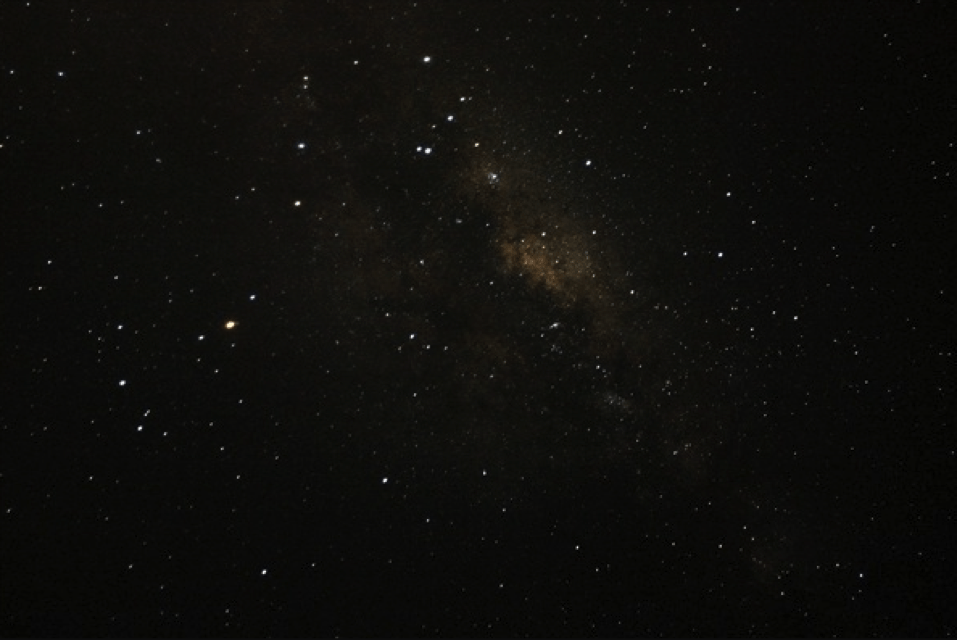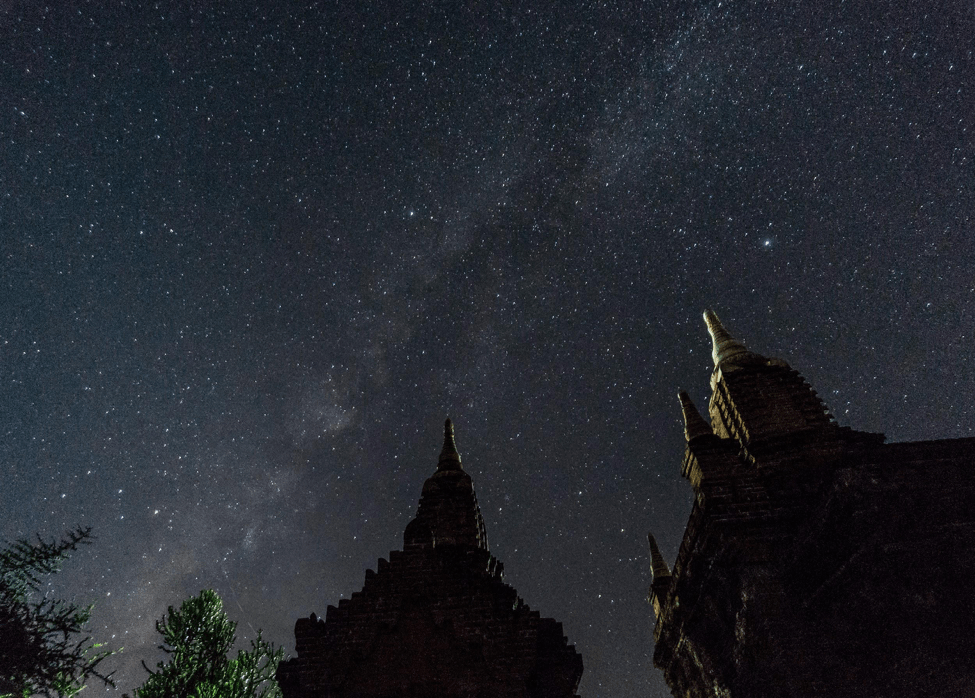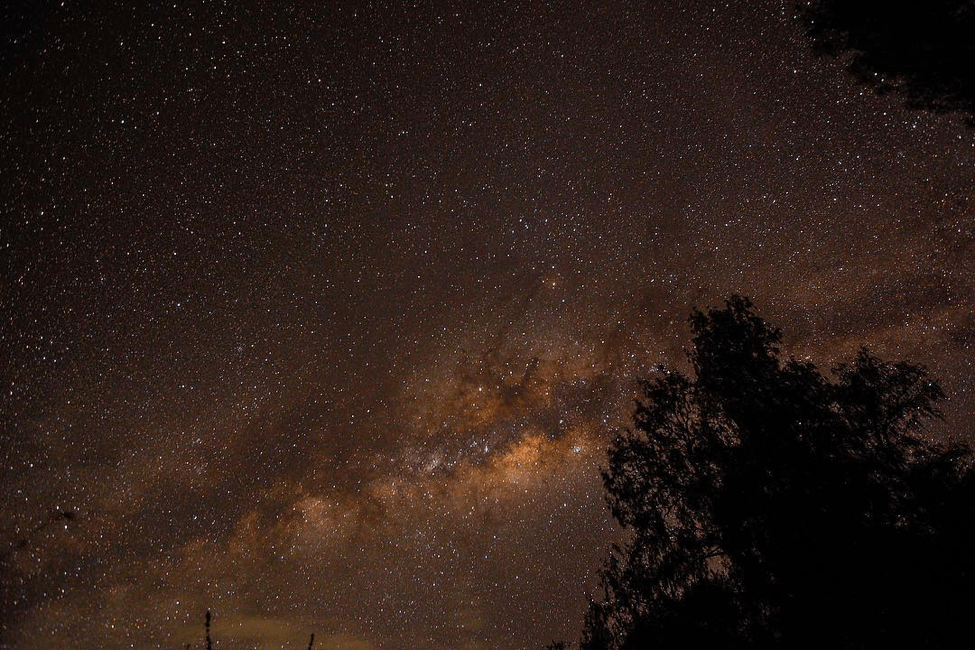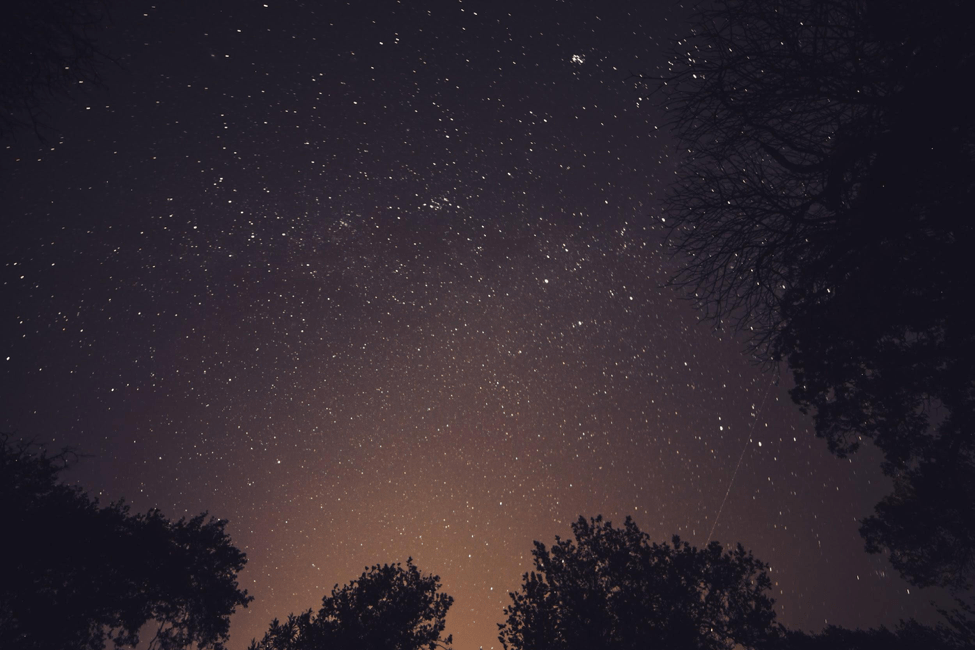Look at the stars, look how they shine for you.
It is impossible to resist the beauty of our vast blue sky – whether it’s displaying rainbows, streaked with orange, yellow and pink or littered with thousands of stars. Southeast Asia might be the world’s most humid region and holds quite the reputation for its light pollution, but get out of the cities and you’ll find Prussian blue skies perfect for soaking under the starlight.
Today, we have an arsenal of places where you can camp out and gaze into the night sky!
1. Doi Chiang Dao, Thailand
Located in Chiang Mai Province, Doi Chiang Dao is Thailand’s third highest mountain. Its name very appropriately translates to ‘City of Stars’. The limestone massif is also on the border with Myanmar and is one of Southeast Asia’s most renowned birdwatching spots.
Over here, you will fall asleep under a blanket of stars and wake up to bird songs when it’s dawn. Just keep in mind that you’ll have to obtain a permit in order to camp here.
2. Halong Bay, Vietnam
Get away from the smog and city lights of Hanoi and stargaze from the deck of a boat as you are gently swayed by the movements of the sea. The overnight cruises are a great way to enjoy this stunning UNESCO World Heritage Site.
In the day, you can explore mysterious caves in a kayak and sail along majestic limestone islands. By night, you can contemplate the vastness of our universe and cosmos.
3. Pulau Perhentian, Malaysia
Bet you didn’t know that Malaysia is actually one of the best places on earth for stargazing! Due to its location on the Equator, stargazers can watch the stars of both the Northern and Southern skies.
Especially in the state of Terengganu, there are a few prime spots for counting heavenly bodies, but the cream of the crop has to be Pulau Perhentian. Tucked away in a pristine environment away from the city lights, you can even see the Milky Way on especially good nights!
4. Mount Bromo, Indonesia
Four hours drive away from Surabaya in East Java, Mount Bromo is an active volcano and one of the most photographed areas in Indonesia. Unsurprisingly, its picturesque views get even more spectacular when night falls.
A visit for star chasers and hikers just isn’t complete without a night spent here basking in the celestial lights and then watching the sunrise in the morning.
5. Mount Pulag, Philippines
In the Philippines, Mount Pulag is the closest to heaven you’ll ever be. Reaching the top of this mountain might not be easy, but you know what they say – nothing worth having ever comes easy.
The view of golden mountains in a sea of clouds is bound to steal your breath away, but just wait till dawn, and you’ll be blown away with a spectacular view of the Milky Way galaxy. Think of it as Mother Nature’s way of rewarding you for your hard work.
6. Bagan, Myanmar
The ancient city of Bagan has some of the lowest levels of light pollution in the country so you can be sure that the stars shine extra brightly here. With beautiful temples, pagodas and shrines, we can’t think of many other places on earth that are as serene as this place. Bring an overnight bag and camp outside for one of the memorable nights of your life.
7. High Island Reservoir, Hong Kong
Surprised to see Hong Kong make the list? The city actually hides a few ideal spots where the stars can be admired. Part of the UNESCO Global Geopark in Hong Kong, High Island Reservoir is located in the south-eastern region of the Sai Kung Peninsula.
In the daytime, you’ll find visitors admiring sea caves, cutaway islands and hexagonal rock columns from past volcanic activities. By nightfall, the reservoir becomes a great place to enjoy views of the clear night sky.
The best part? No scaling of great heights required!
8. Ranu Kumbolo Lake, Indonesia
Isolated from civilization, the crater lake might be unheard of to foreigners but it’s a popular camping site amongst locals. Its vast camping grounds are also perfect for big groups that are travelling together.
The hike to Ranu Kumbolo is very long and can take anywhere between three to six hours, but you can heave a sigh of relief because there are no mountains to climb here, only hilly terrains. With the lack of lights in surrounding areas, come nighttime you will see one of the best views of the Milky Way in all of Southeast Asia.
9. Phnom Kulen, Cambodia
Thought to be the most sacred mountain in Cambodia, Phnom Kulen translates to ‘Mountain of Lychees’ and is located in Siem Reap province. The mountain range is home to a giant reclining Buddha, impressive waterfalls (one of them was featured in Lara Croft: Tomb Raider) and lingas carved into the riverbed.
By day, explore all that the national park has to offer. At night, the ancient ruins transform into an atmospheric place to spend the night. Gaze into heavenly bodies and be lulled to sleep by the sounds of the forest and flowing water.
Tips for Stargazing
Check the moon
The moon is the biggest light polluter when it comes to stargazing and its light washes out the stars for two weeks every month. So if you want to stargaze with the best conditions, plan your trip to be between ten days before a new moon to four days after.
Don’t forget about the weather
Nobody wants to plan out an awesome trip only for it to be dampened by the weather, so keep up with the movements of the monsoon. The Milky Way is also most easily seen between July to October.
Invest in some accessories
You don’t have to drop a bomb on a telescope (not to mention, they’re not exactly fun to lug around), but binoculars can help to reveal the heavenly bodies that cannot be seen by the naked eye alone. You’ll also be able to use them for other activities such as sports events and bird watching. Talk about a good investment.
Download a stargazing app
With technology these days, there are apps out there that not only let you see the positions of stars and planets, but also identify their names and how far away they are from Earth. Consider apps like Star Chart and Google Sky Map (basically Google Maps but for outer space), which helps you identify what you’re looking at.








